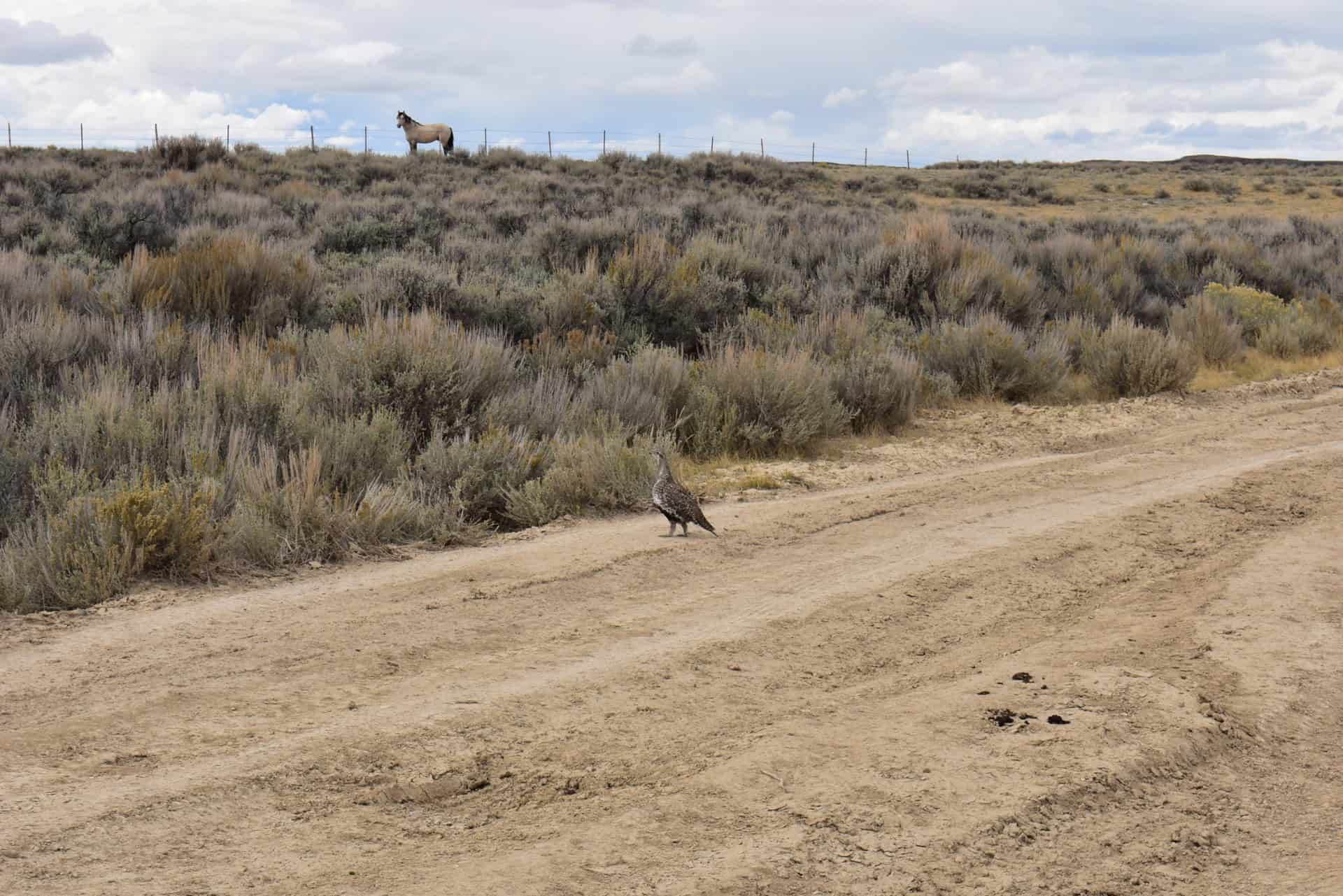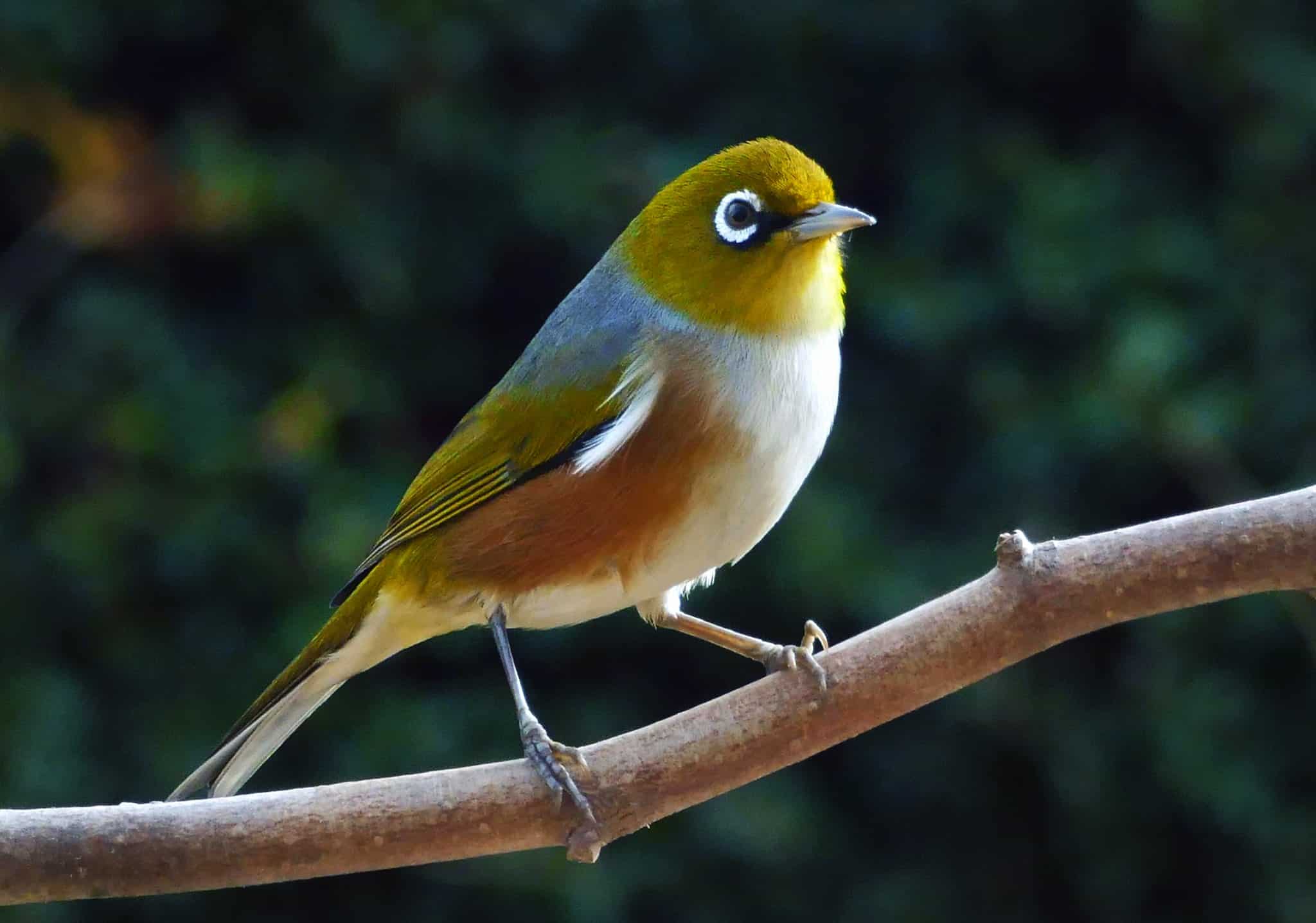Share this article
SJV Chapter hosts advanced animal tracking workshop
It was a cool fall day within a braided section of the north fork of the Tule River, in the foothills of the Sierra Nevada range, just outside of Springville, CA. Fifteen biologists, naturalists, and all around nature-lovers huddled together staring intently at multiple small depressions in the ground. A few had noses in a reference book, but most were on hands and knees, attempting to go back in time and enter the mind of a creature that traversed that very spot less than 24 hours prior.
It was the second Animal Tracking Workshop put on by the San Joaquin Valley Chapter of The Wildlife Society, and like the first, it did not disappoint. From the inspired instruction, to the event location at River Ridge Ranch, to the enthusiastic and engaged attendees, the workshop was a success.
The workshop focused on advanced tracking methods including track interpretation and behavioral inference. Participants had varied backgrounds in tracking, and to bridge that experience gap, a thorough tracking review was provided by Jim Lowery and Mary Brooks on Friday (Nov. 10). The Saturday-Sunday portion of the workshop included practical field application of tracking skills. Participants were assigned fresh tracks, and then worked cooperatively to determine species, gait pattern, and behavior. Pressure changes and variation in track shape indicate behavior including head movements, speed, and activity. Clues were discerned not only from the tracks, but also from the animals’ relationship to the immediate environment. The tracking was challenging, even for the more experienced trackers in the group, but the thrill of discovery and successful conclusion was very rewarding. Exercises took place in the field with fresh tracks on a variety of substrates, and following sunset, indoors, in a large pavilion where photographed tracks were reviewed. The workshop concluded with Jim reading some of his personal writings on tracking and philosophy around a camp fire. “An animal is an instrument played by its landscape,” he said.
Back to those “trackers” huddled together along the braided channel of the north fork Tule River. Using their new skills, thoughtful concentration, and enthusiastic teamwork, they read the story of two coyotes going about their daily lives. The larger one in the lead, quietly walking, lowered its head to smell the earth twice, then lazily looked to the left towards the creek. Perhaps it heard a rustling along the bank. About four paces later, this coyote turned its head sharply to the right, probably to look behind it and call for the second, smaller coyote, before picking up the pace and moving forward into the leafy understory. The second coyote, moving much faster than the first, did not look down, did not take a moment to appreciate the flowing water, but rushed forward following those first tracks in single minded pursuit.
Tracking is a valuable tool in the ecologists’ toolkit that can be used effectively to better understand the environment and all those who inhabit it. The San Joaquin Valley Chapter is honored to be able to organize events like this for our members. A special thank you to Kris Robison of Colibri Ecological for spearheading the workshop; the workshop instructors, Jim Lowery and Mary Brooks; as well as our hosts at River Ridge Ranch, Gary Adest and Barbara Brydolf. Here’s to great tracking!
This article originally appeared in the December 2017 issue of The Valley Fever, the San Joaquin Valley Chapter of The Wildlife Society’s newsletter. Images from the workshop are included in the newsletter.
Header Image: ©Don McCullough








